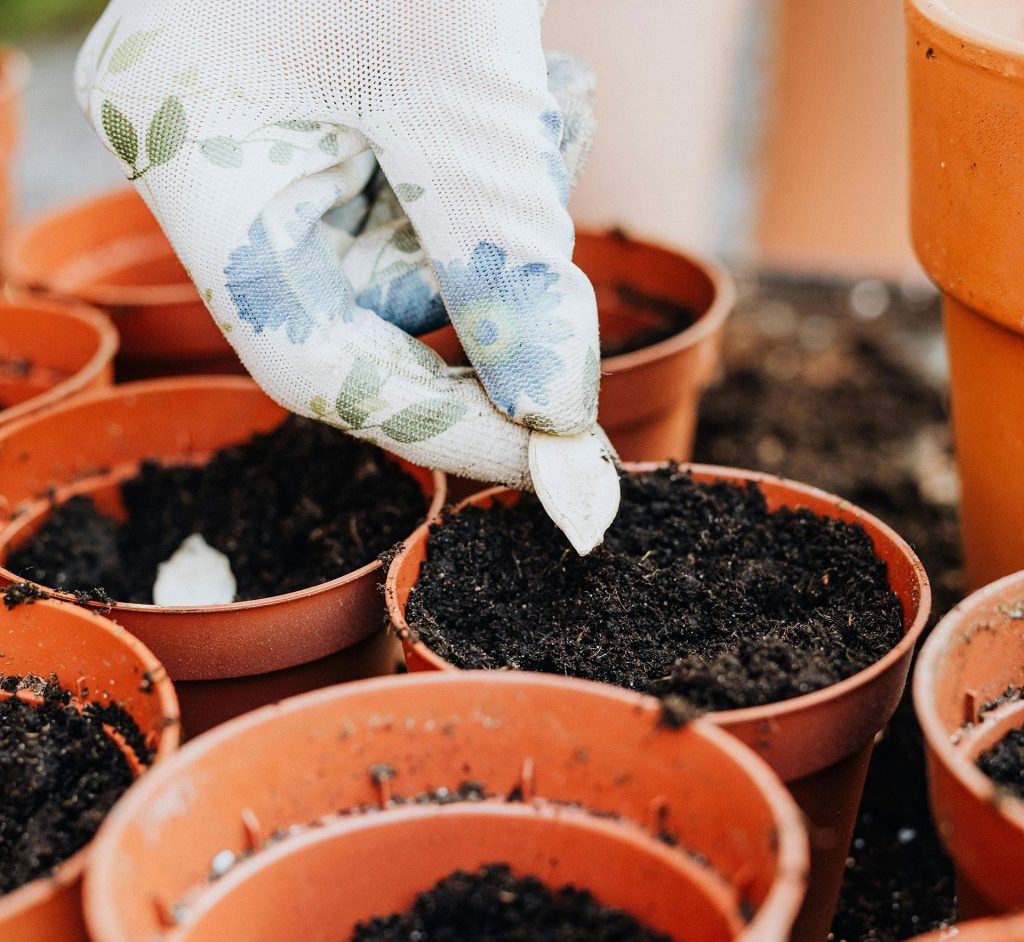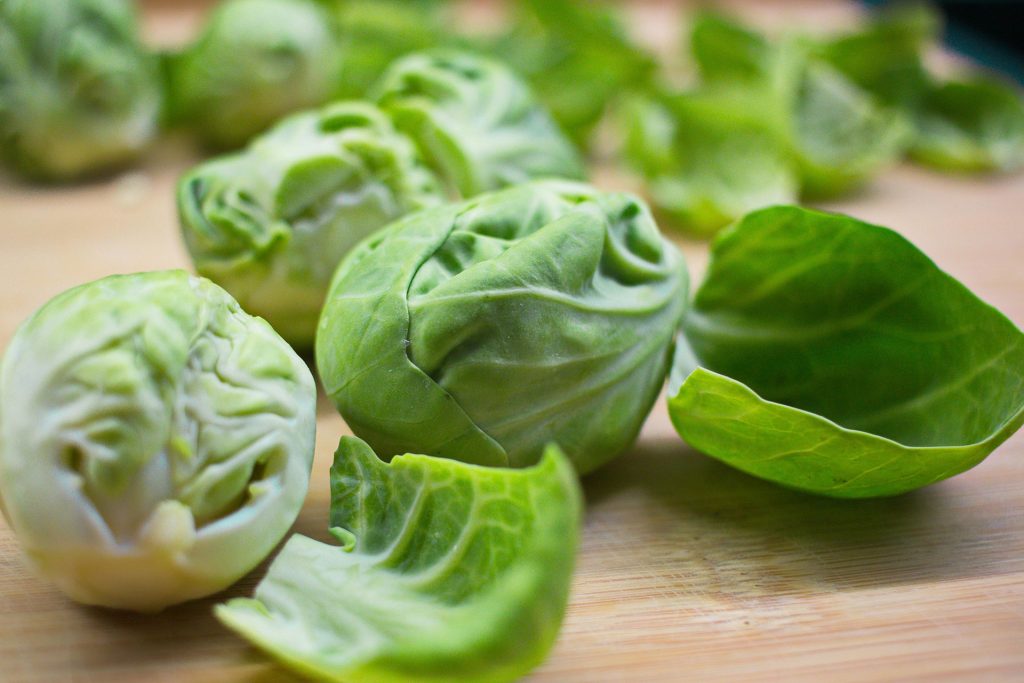Sow, sow: Grow your own vegetables
The current economic climate is forcing us to rethink how we eat. Growing your own vegetables can be an inexpensive and rewarding way to keep those shopping expenses down
Plan your planting

In the UK, the danger of frost generally subsides by early to mid-May in the south. Sowing too early could put your crops at risk of harm or destruction from unexpected cold snaps. If a sudden temperature drop does catch you off guard, you can shield your vulnerable seedlings with newspaper, old sheets, or frost blankets. Just remember to remove the coverings the following day once the danger has passed.
Sowing your veggies
There’s still time to sow a variety of vegetables like aubergines, tomatoes, sweetcorn, cucumbers, and courgettes. If you feel you’ve missed the optimal planting window, you can get a head start by purchasing baby vegetable plants instead. Just be sure to gradually acclimatise them to outdoor conditions throughout the spring season.

Spring is an ideal time to grow veggies in pots or on your windowsill. Lettuce and tomatoes, in particular, tend to thrive in these settings.
Feed, nourish, and protect
As your vegetables flourish in the spring, ensure to keep them consistently hydrated, either by hose or by setting their pots in trays of water. Additionally, any plants in containers can benefit from a weekly liquid fertiliser.
Preparing your outdoor garden spaces to welcome your new plants will pay dividends in the long-term. Remove any weeds that have started growing, as they can quickly become unruly and problematic later in the season.
Toughen up those tender vegetables
Tender vegetable seedlings will need to be gradually accustomed to the great outdoors before they can thrive over the summer. Spring is the ideal time to begin this hardening-off process, as conditions are generally mild and welcoming.
Start by taking the plants outside for just one day a week, placing them in a safe, sheltered spot. Bring them back indoors at night if temperatures drop too low or frost is expected. This gradual exposure will help the plants become tough enough to withstand wind and rain. Towards the end of spring, you can then transplant them to their permanent growing space for the warmer months ahead.
Carrots

Carrots are a great choice for home growing – they require minimal space, can even be cultivated in containers, and are one of our dietary staples, so growing them can save you money on your grocery bills.
Sow carrots in small batches starting in early spring. They thrive in full sun and light, fertile, well-drained soil. If your soil is shallow, opt for short-rooted carrot varieties. Carrots are usually ready to harvest within 12-16 weeks.
Beetroot
Beetroot has remarkable health benefits and a delicious flavour, making it a versatile addition to soups, stews, smoothies, and even baked goods. Beets are also an excellent choice for beginner gardeners.
They best thrive in fertile, well-drained soil. You can sow them directly outside starting in March, and any beets sown from June onward can be stored for winter use. Beets can even be grown in containers throughout the year.
Cauliflower
Cauliflower can be sown until late May and thrives in fertile soil. For best results, sow the seeds in cell trays using a quality potting compost, then transplant the seedlings outdoors once the weather is suitable.
Cauliflowers typically take three to five months from sowing to reach maturity, though growth rates can vary depending on the variety and weather conditions. White cauliflower varieties may turn yellow if left too long, so it’s best to harvest them before that happens.
Brussels sprouts

Brussels sprouts require ample space to fully develop, so they are happiest growing outdoors in a garden setting. If starting from seed, sow them indoors in May, then transplant the seedlings outside after about six weeks. Keep the soil consistently moist while the sprouts are growing indoors, and feed them a liquid organic vegetable fertiliser every few weeks.
Once outside, your Brussels sprouts may be vulnerable to pests, so consider using a lightweight insect mesh as protection. Promote healthy growth by providing ample and continuous moisture. Feeding the plants several times during the growing season, and topping them in early autumn, will ensure they’re perfect for autumn casseroles.

